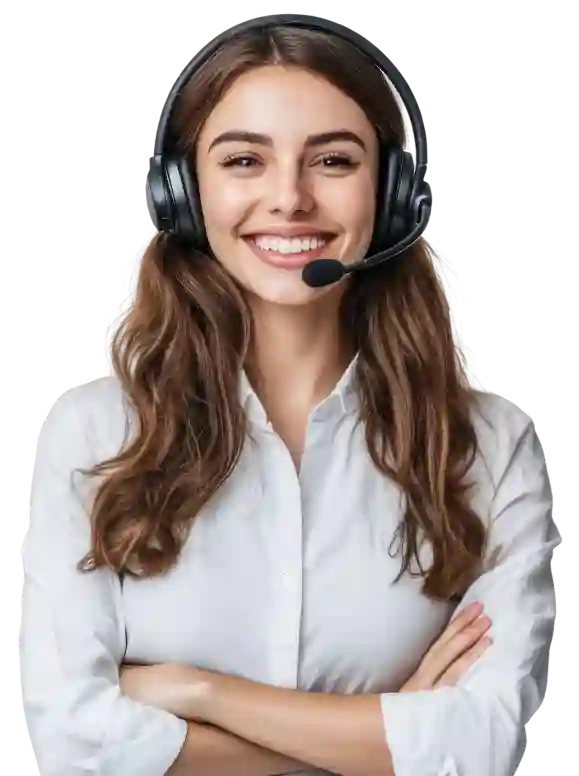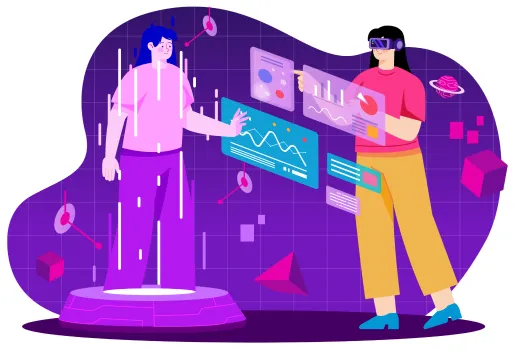
AI Virtual Try-Ons: The Rise of AI-Powered Virtual Fitting Rooms
May 21, 2025
The way we shop is undergoing a seismic shift, and at the helm of this revolution are forward-thinking founders, agile startups, and tech-savvy retail innovators who dare to redefine the shopping experience. Enter the world of AI-powered virtual try-ons, a leap in fashion technology where artificial intelligence, augmented reality, and eCommerce intersect to transform screens into smart fitting rooms.
The global AI virtual try-on market is projected to reach $12.5 billion by 2028, growing at a CAGR of 23.7% (Grand View Research). With 40% of online shoppers citing “inability to try products” as a key reason for cart abandonment, retailers are adopting AI-powered virtual fitting rooms to bridge this gap. Brands like Warby Parker and ASOS have slashed return rates by 25% using digital try-on experiences, proving that this technology isn’t just a gimmick, it’s a revenue driver.
By integrating the best Virtual Fitting Room Apps for Fashion Retailers and AR shopping tools, brands are offering customers the ability to see how clothes fit and flow on their unique body shapes, all in real time, all online. Whether you’re launching a fashion tech startup, leading a retail innovation team, or simply curious about the next wave of shopping evolution, this is your guide to the future of digital dressing rooms.
What is Virtual Try-On?
The concept of AI virtual try-on has redefined the way consumers engage with online fashion. But how exactly does this futuristic fitting room function behind the scenes? Let’s explore the technology powering this innovation and why AI virtual try-on is needed in retail solutions.
At its core, a virtual fitting room uses AI fashion technology, augmented reality shopping, and machine learning to simulate the real-life fitting experience, right from a smartphone or laptop.
How Does AI Virtual Try-On Work in Online Shopping?
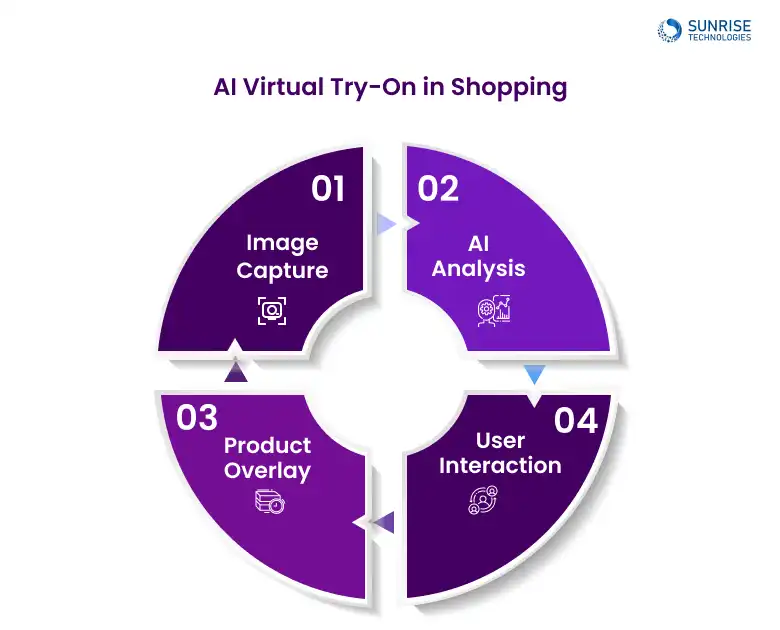
To begin the digital try-on experience, users either upload a photo or activate their device’s camera. This serves as the base model for the try-on simulation. Some advanced platforms even support real-time video to enhance realism.
Once the image is uploaded, AI algorithms kick in. Leveraging computer vision, machine learning, and 3D modeling, the system scans and maps the user’s body shape, facial features, or posture, depending on whether it’s for clothing, eyewear, or accessories.
- For fashion: AI analyzes height, width, and posture to predict fit.
- For eyewear: The system uses facial landmarks to determine nose bridge, temple width, and eye distance.
This intelligent layer enables a highly personalized experience, ensuring it’s a data-driven.
Next, the selected product, be it a t-shirt, dress, glasses, or hat, is digitally superimposed onto the user’s image. Thanks to augmented reality shopping features, the system dynamically adjusts the fit to align with body dimensions, angles, and even simulate material drape and stretch.
Users can then explore various styling options, switch colors, view the fit from multiple angles, and compare alternatives. This interactivity is what makes virtual try-on software so powerful and immersive.
By replicating the physical try-on experience, this technology addresses the core gap in online shopping: uncertainty. And the best part? It’s accessible, scalable, and adaptable, making it a must-have for fashion retailers, startups, and D2C brands looking to cut through the eCommerce noise.
Why Fashion Needs Virtual Try-On- Best virtual fitting room apps 2025
The fashion industry faces unique challenges as it continues to transition from brick-and-mortar stores to digital-first experiences. Whether you’re a fashion startup founder, a scaling e-commerce brand, or a traditional retailer embracing transformation, implementing AI virtual try-on solutions for e-commerce platforms is actually a mission-critical.
So, let’s look into the challenges and benefits of Virtual Try-on for retailers:
- 1. High Return Rates Due to Size & Fit Issues Studies reveal that 30–40% of online fashion returns are due to poor sizing or a mismatch in expectations. This costs retailers billions annually and erodes consumer trust.
- 2. Lack of Physical Interaction Traditional online shopping lacks the tactile experience of trying on clothing, assessing the fit, texture, or visual appeal in real time. Shoppers are left making blind guesses.
- 3. Rising Consumer Expectations Today’s digital shoppers, especially Gen Z and millennials, demand more than product listings. They crave convenience, personalization, and instant interactivity.
Implementing AI-powered retail solutions like virtual fitting rooms can effectively transform these pain points into profit-driving opportunities. For fashion startups, D2C brands, and innovative founders, integrating custom virtual fitting room platforms is key, and the points below explain why AI Virtual Try-On is needed for startups & D2C fashion brands.
- 1. Reducing Returns Using machine learning, computer vision, and 3D modeling, AI maps a shopper’s body or face and overlays garments or accessories with precise dimensions and fit. This reduces misalignment between customer expectations and reality.
- 2. Enhancing Engagement with Interactivity Virtual try-on software enables shoppers to experiment with multiple items, rotate angles, and visualize different combinations, all in real-time. This keeps users on-site longer and increases conversion rates.
- 3. Delivering Personalized Fashion Journeys Thanks to AI fashion technology, retailers can now offer tailored recommendations, style matches, and product previews that suit the shopper’s individual preferences, body shape, and style goals.
How Real-Time Virtual Fitting Rooms Enhance Customer Experience
Real-time virtual fitting rooms are redefining the way consumers shop for fashion online. Unlike static images or basic overlays, these interactive environments allow users to try on products dynamically, offering a truly immersive and personalized digital try-on experience.
These advanced AI-powered retail solutions utilize cutting-edge technologies like computer vision, augmented reality shopping, and 3D rendering to deliver a shopping journey that feels remarkably close to an in-store fitting session.
Let’s break down the core technical components that make this magic happen:
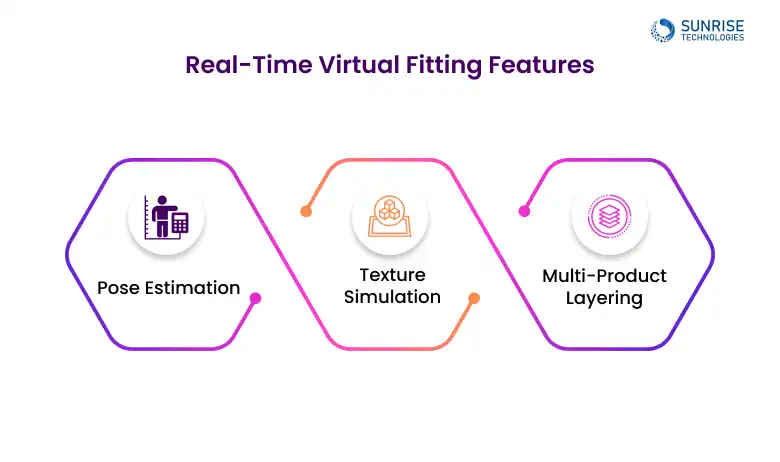
-
Pose Estimation Using deep learning and pose estimation algorithms, the system tracks a user's body in real time and dynamically adjusts the clothing to mirror their movements, whether they're turning sideways or striking a pose.
Example: Nike’s AR shoe try-on lets users move their foot and see the shoe from all angles. - Texture Simulation Real-time fitting rooms integrate physics engines (like Unity or Unreal Engine) to simulate how fabric behaves, capturing stretch, drape, and texture. This allows shoppers to see how a silk dress flows or how jeans conform to different stances.
- Multi-Product Layering Shoppers don’t just want to try on a shirt, they want to build complete looks. This is where multi-product layering shines. Mix and match outfits in real time: tops + bottoms + shoes + accessories (e.g., AI-powered virtual try-on technology for eyewear, hats, bags). Especially beneficial for fashion retailers, giving them a chance to upsell and cross-sell visually.
Reduce the risk of returns while improving customer experience with AI virtual try-on technology.
Applications of AI Virtual Try-On
While the spotlight often shines on AI virtual try-on for dresses and apparel, the technology’s impact stretches across the fashion and beauty ecosystem, redefining how consumers engage with products online.
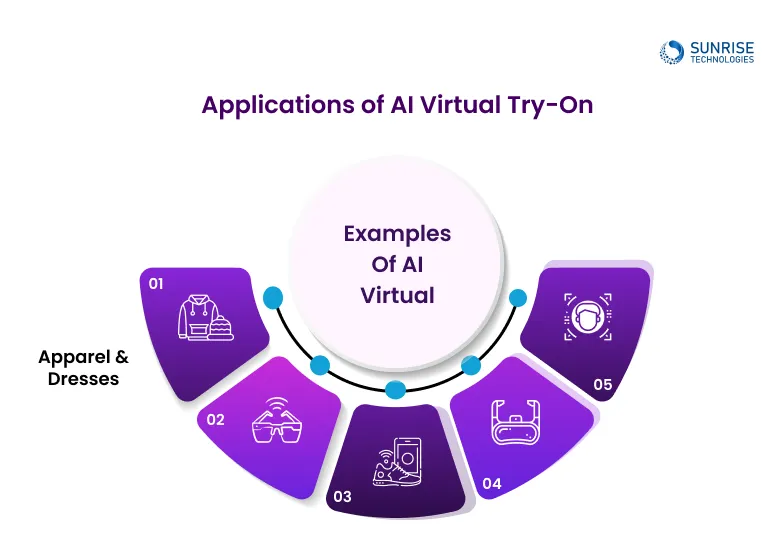
The most prominent use case for virtual try-on software is undoubtedly in clothing, especially dresses. With AI fashion technology, shoppers can visualize how a garment fits their unique body shape in real-time. This digital try-on experience adjusts for fabric flow, simulates different sizes, and provides an accurate fit, addressing common issues like poor fit and high return rates.
- Real-time Fit Adjustments: Users can see how clothing fits, moves, and adjusts to body shape.
- Reduced Return Rates: AI ensures a better fit, leading to fewer returns due to poor sizing.
- Improved Shopping Confidence: Shoppers can try multiple sizes and styles without physical trial.
Brands like Zenni Optical and Eyeconic leverage AI-powered virtual try-on technology for eyewear to let users preview frames directly on their faces. By utilizing face mapping and accurate scaling, customers get a near-exact match, boosting their confidence in making a purchase.
- Face Mapping & Accurate Scaling: Eyewear fits are tailored to the user’s unique face shape.
- Personalized Experience: Users can try different frame styles, colors, and designs virtually.
- Enhanced Purchase Confidence: Customers can visualize the final look with greater certainty.
Trying on shoes virtually is no longer science fiction. Brands are using augmented reality shopping to simulate fit, design, and how shoes look in motion. This eliminates guesswork, especially in the sneaker and performance wear categories, improving customer satisfaction.
- Motion Simulation: Virtual try-on allows customers to see how shoes move and fit.
- Accurate Sizing: AR technology reduces the chances of incorrect sizing.
- Style Confidence: Users can see how shoes complement their overall look.
From hats to earrings, AI-powered retail solutions enable users to mix and match accessories with ease. Real-time overlays help users understand how each piece complements their look, making styling easier and more intuitive than ever.
- Mix-and-Match Features: Customers can experiment with different combinations of accessories.
- Instant Style Feedback: Users see how various items look together in real-time.
- Enhanced Personalization: Offers tailored suggestions based on style preferences.
Makeup brands are embracing virtual try-ons using AR and facial recognition technology. Consumers can test shades of lipstick, blush, or foundation virtually, ensuring a perfect skin tone match. This helps minimize purchase anxiety and reduce returns due to color mismatch.
- Facial Recognition: Helps match cosmetics to the user's natural skin tone and facial features.
- Shade Testing: Users can try multiple makeup products in real-time.
- Reduced Returns: Ensures customers are more likely to purchase the right product the first time.
The Technology Behind AI Virtual Try-On Systems
The brilliance of AI virtual try-on systems stems from the fusion of several cutting-edge technologies that work together to deliver a seamless shopping experience. Let’s break down these powerful components:
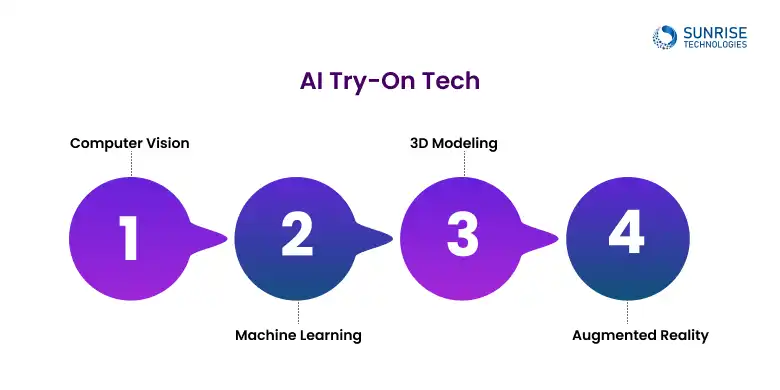
Computer Vision technology analyzes images and videos to detect key features like body shape, facial structure, and movement. By utilizing deep learning models, computer vision allows products, such as clothing, eyewear, or accessories, to be placed accurately on the user, adjusting in real-time to match their unique physique. AI models in computer vision can differentiate between different body types and movements, ensuring a realistic and personalized fitting experience.
- Face Detection: For eyewear and cosmetics, computer vision identifies the facial contours and adjusts the virtual product to fit precisely.
- Body Measurement: In apparel, this technology measures body dimensions to ensure correct fit in real-time.
Solution: To mitigate this, developers use on-device machine learning models, secure edge AI processing, and implement end-to-end encryption. Techniques like differential privacy, federated learning, and GDPR/HIPAA compliance frameworks are critical to building trust and safeguarding personal health information.
- Behavioral Analysis:The AI tracks how users interact with virtual items and learns which products resonate most, improving suggestions for future shopping sessions..
- Personalization Algorithms: Over time, the system becomes more adept at tailoring recommendations, leading to a highly customized shopping journey.
3D modeling plays a critical role in creating realistic product representations that can be manipulated in a virtual space. These models use complex algorithms to simulate fabric drape, textures, and movement. For example, 3D rendering engines like Unity 3D or Unreal Engine are employed to simulate the behavior of different materials, ensuring that items such as clothing or accessories react as they would in the physical world.
- Product Realism: 3D models help users visualize how fabrics move and stretch, ensuring a better fit in real-time.
- Dynamic Rendering: Whether it's a flowing dress or a snug pair of shoes, 3D modeling adjusts in response to user interaction, such as body movements or different viewing angles.
Through augmented reality shopping, customers can try on clothes, eyewear, makeup, and more as though they are in a physical store, all while sitting comfortably at home. AR works by capturing the real-time image of the user and superimposing a digital version of the product on their body. This is achieved through advanced camera calibration, motion tracking, and real-time object rendering. AR ensures the product fits the user’s body shape, making the virtual experience as close to reality as possible.
- Real-Time Interaction: Users can move around and see how the product adapts to their position and movements.
- DVirtual Fitting: Customers can rotate, zoom in, and see the product from multiple angles, offering a fully interactive try-on experience.
AI Virtual Try-On is the key to reducing product returns and increasing customer loyalty. Let’s transform your shopping experience.
Real-World Use Cases: How AI Virtual Try-On Technology is Revolutionizing Fashion Retail
Zara, the global fashion powerhouse, has integrated AI virtual try-on through its Zara AR app to elevate the digital shopping experience. The app allows users to view how garments like dresses and jackets would fit on their body using augmented reality (AR) and computer vision-based body mapping. This has boosted customer engagement, increased time-on-app, and significantly reduced cart abandonment rates.
Technology Stack & AI Models Used:
- 3D Body Scanning + OpenPose: Captures user posture and shape for personalized fit simulations.
- Cloth Simulation Models (e.g., NeuralClothSim): Replicates fabric behavior across different poses.
- Motion Tracking + Pose Estimation: Ensures garments follow body movement naturally.
- ARCore/ARKit Integration: Delivers real-time visualization for a seamless try-on experience.
Nike’s virtual fitting feature leverages AR + computer vision to let users try on sneakers virtually through their app. By using pose estimation and foot tracking AI, the system simulates how shoes fit and look in real-time. Customers enjoy better sizing accuracy and style validation—key drivers in reducing return rates and improving buyer satisfaction.
Technology Stack & AI Models Used:
- MediaPipe + DeepLabCut: For real-time foot pose detection and movement analysis.
- ML-Based Fit Recommendation Engine: Learns from past purchases and foot morphology.
- Unity + ARKit/ARCore: Renders 3D shoes that adjust dynamically to foot angle and movement.
- GANs for Style Variation Previews: Generate multiple visual styles for customer exploration.
H&M uses AI-based virtual fitting room technology to help customers try on clothes digitally, reducing unnecessary purchases and returns. The brand integrates body scanning and deep learning-based garment simulation to reflect fabric movement, fit, and drape in real-time.
Technology Stack & AI Models Used:
- SMPL (Skinned Multi-Person Linear Model): Generates 3D body avatars from user photos.
- Deep Learning Fabric Simulation (e.g., ClothCap): Mimics how fabrics behave with different postures and sizes.
- Augmented Reality Integration: Enables immersive, realistic outfit layering.
Gucci has implemented AI-powered AR try-ons for shoes, accessories, and even nail polish through its mobile app and platforms like Snapchat and Instagram. This immersive experience combines style prediction AI with gesture tracking for real-time virtual fitting.
Technology Stack & AI Models Used:
- Convolutional Neural Networks (CNNs): For image segmentation and accessory placement.
- Hand Gesture Recognition (MediaPipe or similar models): Tracks user interaction with items like rings or watches.
- Style AI Engine: Recommends trending accessories based on user preferences and current fashion trends.
- AR SDKs (e.g., Snap Lens Studio, Facebook Spark AR): Provide seamless try-on across social media.
Port Arthur Ghost Tours: The “Port Arthur Ghost Tours” app added AR features to Australian tourism app to bring historical scenes to life for visitors. Visitors can point their phones at landmarks like the Sydney Opera House or the historic Port Arthur site in Tasmania to see 3D reconstructions and hear stories about the location’s history.
How Sunrise Enhances the Virtual Try-On Landscape with AI-Powered Fitting Room Solutions
Sunrise is leading the way in revolutionizing digital shopping experiences through custom-built virtual fitting room platforms tailored specifically for the fashion industry. We’re a visionary AI development company helping fashion retailers, D2C brands, and startups bring futuristic digital experiences to life.
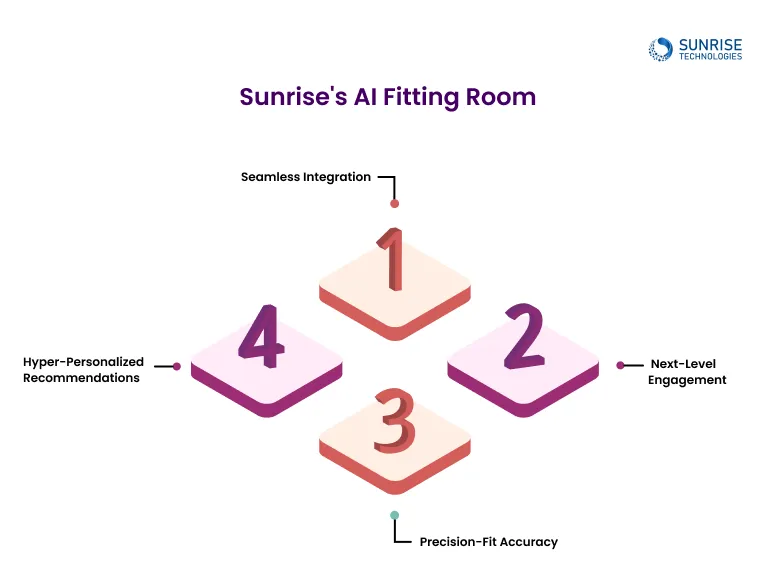
Let’s break down what we do, and how our custom virtual fitting room solutions solve real-world fashion challenges using advanced computer vision and machine learning algorithms.
Plugging into your existing e-commerce setup is quick and hassle-free. Our flexible architecture ensures smooth integration with minimal downtime, so you can go live faster and start seeing ROI sooner.
With AI and machine learning working behind the scenes, Sunrise tailors every suggestion to match each shopper’s preferences, past behavior, and body profile. It’s not just smart—it’s made to feel personal.
Our computer vision models and pose estimation tech simulate how clothes actually move, stretch, and drape on real bodies, so your customers get a true-to-life view before they click “Buy.”
Let your customers mix, match, spin, and try, all in real time. From 360° views to AR overlays and multi-product layering, Sunrise makes online shopping as fun and interactive as the real thing.
The Future of Virtual Try-On: What’s Next in AI Fashion Technology?
The future is about immersive, intelligent, and individualized shopping, where AI isn’t just a backend tool but the engine powering a smarter, greener retail experience. We’re just scratching the surface when it comes to AI-powered virtual try-on. As the tech matures, here’s what the next wave looks like which answer your query, how AI virtual try-ons are changing online shopping.
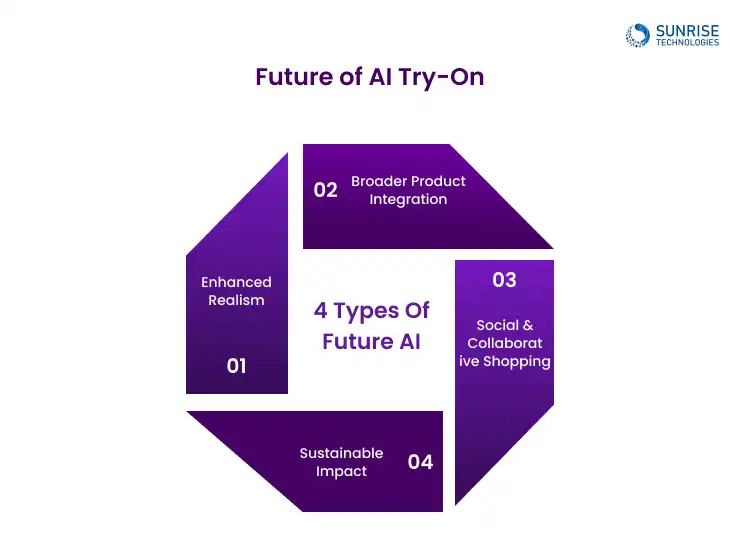
Think hyper-realistic garment rendering powered by neural rendering, physics-based simulations, and next-gen 3D modeling. Future virtual try-ons will replicate the texture, weight, and movement of fabrics with stunning accuracy.
Virtual try-on won’t stop at clothing. Expect expansion into home décor, wearable tech, and even virtual avatars for gaming and the metaverse, all powered by cross-domain computer vision algorithms.
AI try-on tools will integrate with social platforms for real-time sharing, virtual shopping parties, and influencer-led experiences, blending e-commerce with community through real-time API integrations and shared virtual environments.
Fewer returns mean less shipping waste and overproduction. By using predictive analytics and AI-driven sizing models, brands can better match supply with demand, supporting both the planet and the bottom line.
Final Thoughts:
The rise of AI virtual try-on and real-time virtual fitting rooms is reshaping how consumers shop, it’s redefining the future of fashion itself. These technologies combine computer vision, 3D modeling, machine learning, and augmented reality to offer shoppers hyper-personalized, highly interactive experiences that mimic in-store try-ons from the comfort of home.
At the heart of this evolution, Sunrise Technologies, a top AI app development company, is driving change with affordable custom solutions tailored for fashion startups, D2C brands, and enterprise retailers. By blending scalable tech with seamless integration, Sunrise Technology helps brands cut return rates, elevate customer satisfaction, and increase conversion, without breaking the bank.
In a world where digital and physical retail lines are blurring, embracing AI-powered innovation isn’t optional, it’s a strategic advantage. The future of fashion is here. And it’s smart, scalable, and powered by AI.
We offer a cutting-edge digital try-on experience that sets you apart. Let’s make your brand unforgettable!
An AI-powered virtual fitting room uses computer vision, AR, and machine learning to let users try on clothes digitally. It simulates real-time garment fit, movement, and size without needing to visit a store.
AI Virtual Try-On enhances shopping experiences, leading to fewer product returns by providing accurate size, fit, and style recommendations.
- Improved Fit Accuracy
- Realistic Simulations
- Personalized Recommendations
- Reduced Size and Fit Uncertainty
- Enhanced Customer Engagement
- Informed Purchasing Decisions
The cost of AI virtual try-on solutions varies based on features, integration needs, and scalability. Costs typically range from $5,000 to $50,000+ for mid-level implementations, depending on features, 3D modeling, and integration needs.
Virtual try-ons rely on computer vision, pose estimation, 3D modeling, and augmented reality to track body movements and overlay garments with lifelike accuracy.
Absolutely. AI try-ons are used in eyewear, footwear, cosmetics, and accessories, letting users preview looks across multiple fashion categories all in real time.
Sam is a chartered professional engineer with over 15 years of extensive experience in the software technology space. Over the years, Sam has held the position of Chief Technology Consultant for tech companies both in Australia and abroad before establishing his own software consulting firm in Sydney, Australia. In his current role, he manages a large team of developers and engineers across Australia and internationally, dedicated to delivering the best in software technology.



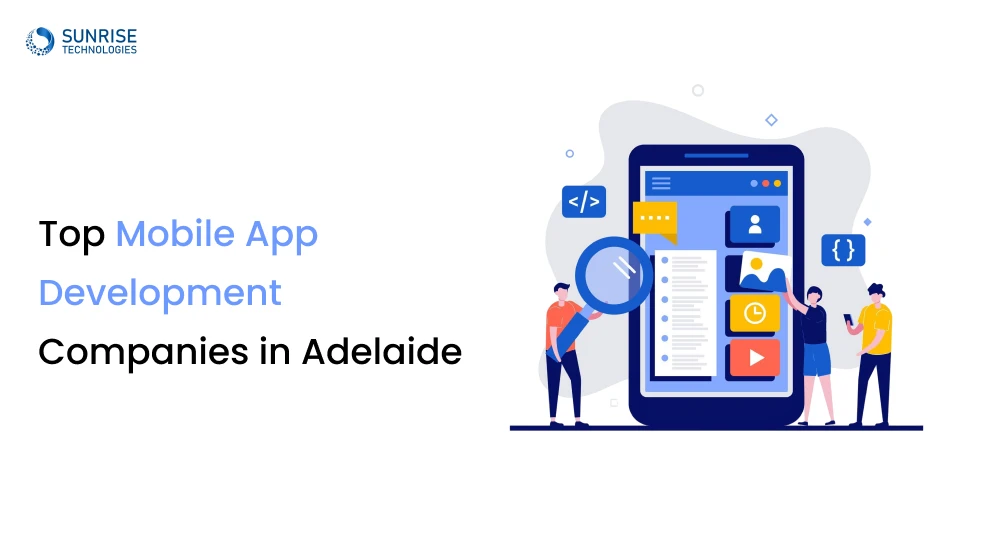

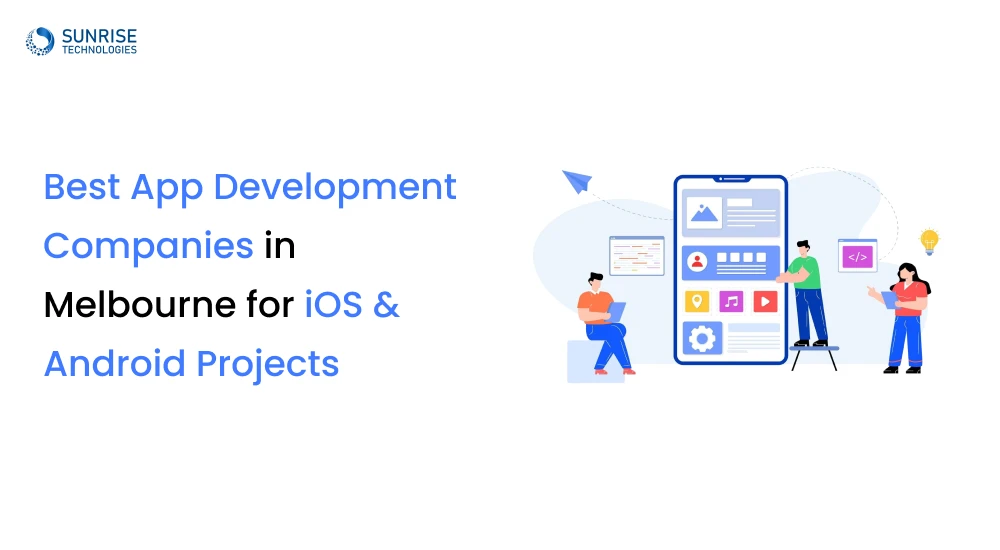
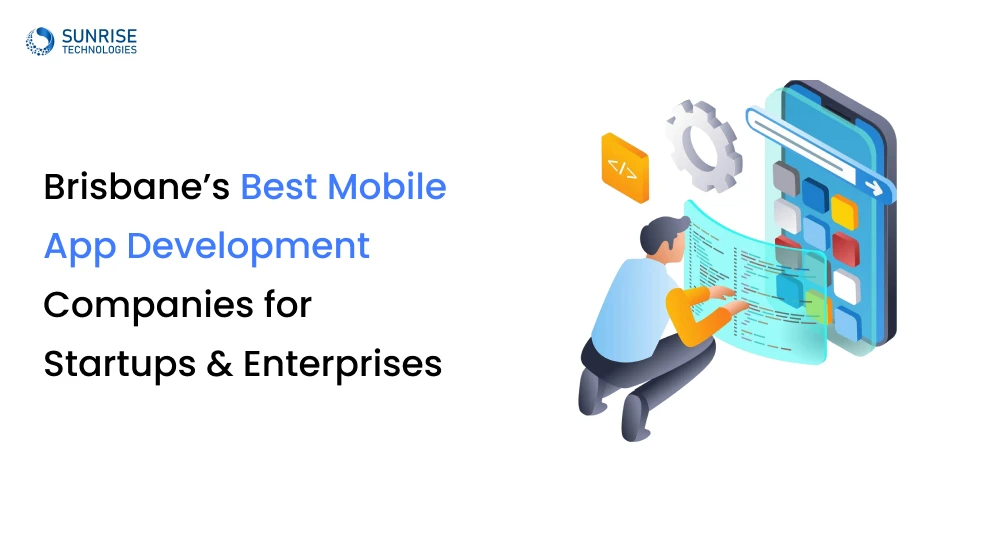
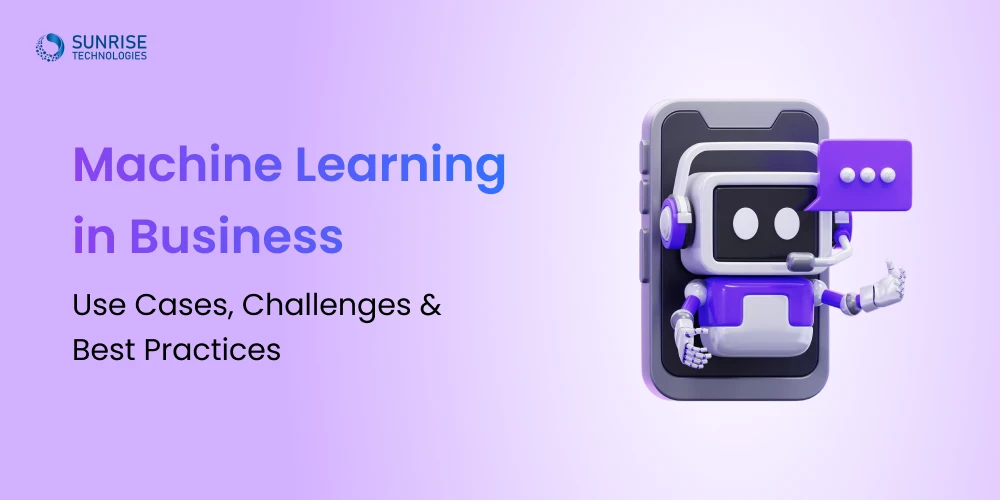

Cloud Based Project Management Platform
Read the challenges we faced and how we helped
View Case Study











